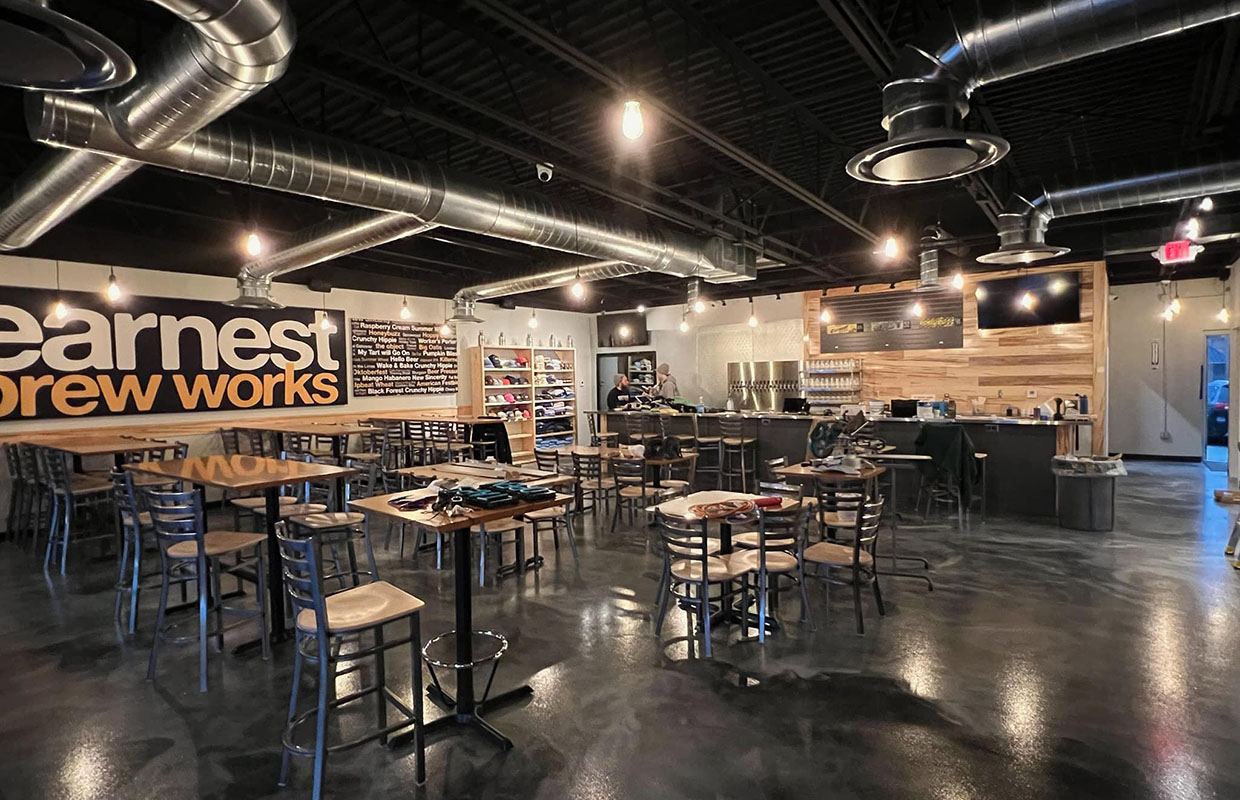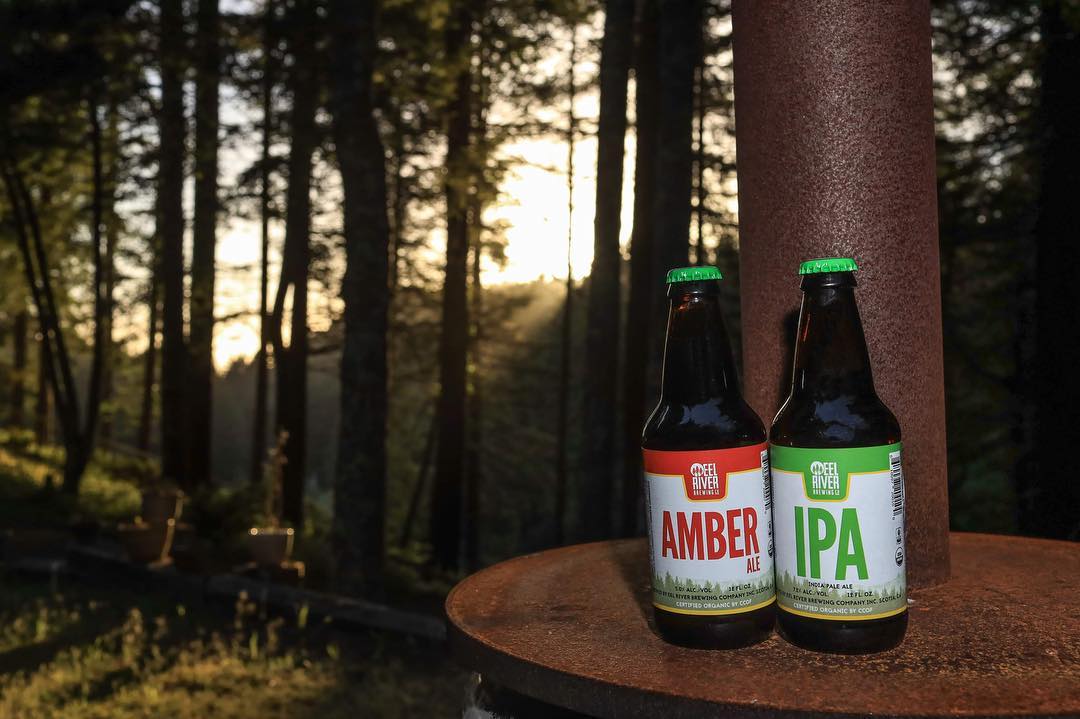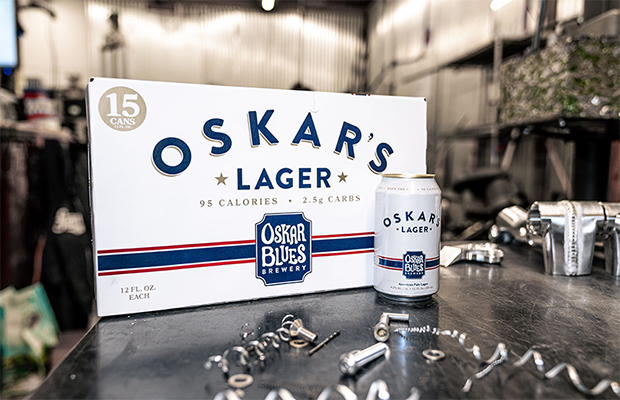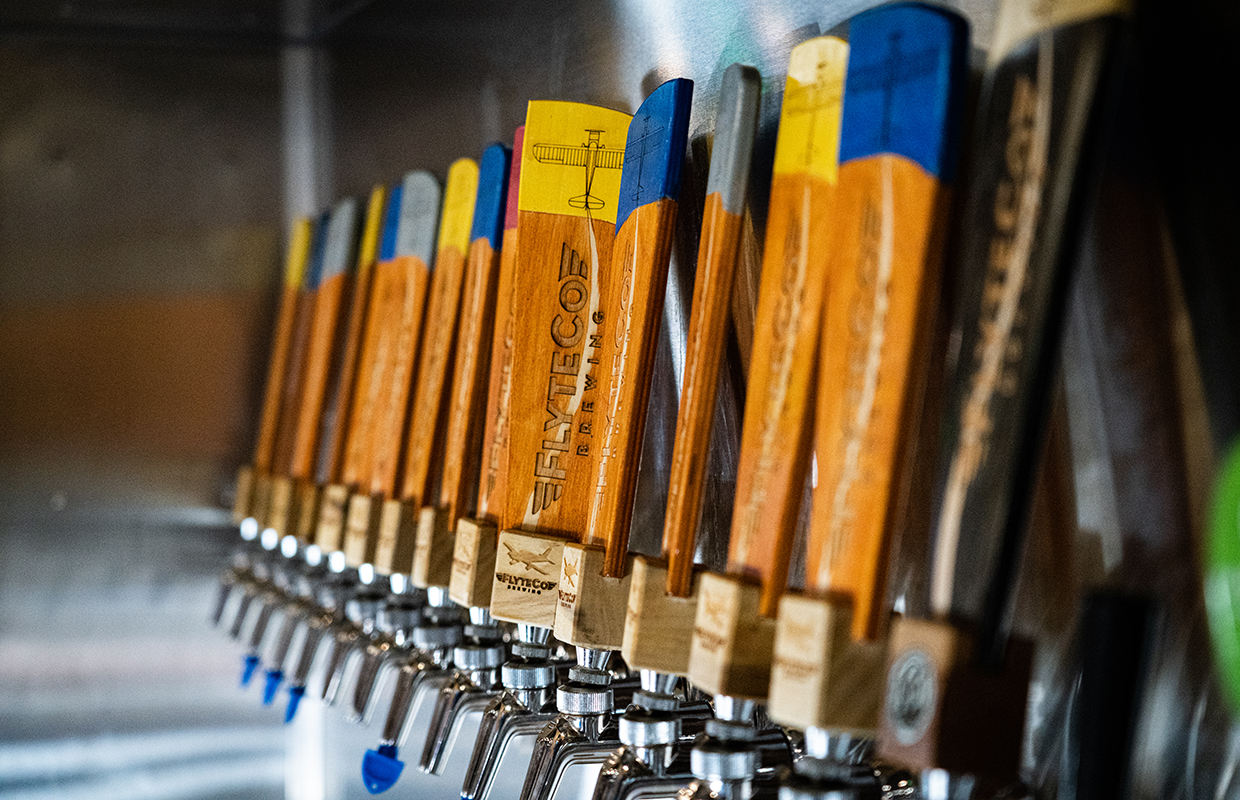
When Seventh Son Brewing started in Columbus, Ohio, co-founder Collin Castore said creating an elevator pitch on what the brewery was wasn’t really there.
“It was just like, hey, we’re a craft brewery, we make Stouts and IPAs and things craft breweries do,” he explained to a group of fellow craft brewery owners and managers at the 2024 Ohio Craft Brewers Association’s annual conference in Toledo in mid-January. “We’re trying to be a center for our community and everything else.
“There wasn’t an overarching kind of concept or idea behind it. We just want to be a really cool craft brewery in Columbus.”
Seventh Son has added new locations over the years, along with Cleveland-based Saucy Brew Works; Fifty West out of Cincinnati, and Earnest Brew Works in Toledo. Castore along with members of those breweries shared what dictated their reasons to expand inside their city or across the state during the panel seminar.
For Seventh Son, adding a sour facility with an old-school vibe (Antiques on High) and a Lager-focused taproom that showcases travel (Getaway) were how the three taprooms have been made into concepts.
“If we’re going to do something with a different style of beer, it should have an environment that reflects that,” Castore said. “How can we make a whole complete concept so when people ask me about what your brewery is, I can say it in a sentence rather than not stumble around for a minute or two.”
Fifty West started with a taproom and has expanded with bar concepts, restaurants, and even a movie theater while Saucy has looked for communities around the state to build taprooms that they feed beer to via one central brewery facility. Earnest Brew Works has a similar concept on a smaller scale by opening within different Toledo neighborhoods.
The words community and neighborhood echoed loudest during the talk.
With two small taprooms located in a neighborhood, Earnest co-founder Scot Yarnell said a neighborhood feel was important.
“There’s a lot of regulars in there,” he said. “You can pick up very quickly the banter from the people that come in there a lot they know the barkeeps very well.”
READ MORE: Crafting Community Connections: The Best Times to Boost Taproom Engagement
The downtown location has a totally different feel though.
“Downtown is driven by events,” Yarnell said. “We just want to be part of downtown Toledo. Many community’s downtowns are becoming more vibrant and that’s what people are focusing on.
“But we do really well with our neighborhoods, we love our neighborhoods.”
David Lentz, a Controller for Saucy along with Cartridge Brewing, explained that creating a location in a new city can be hit or miss. The brewery has seen success around the state of Ohio but has opened and closed a location in the Detroit, Michigan area recently.
“We wanted to be the spot for people to go and have their morning coffee and come back at night to hang out with their friends,” Lentz said. “The neighborhood feel is what we’ve been trying to go for for most of our pubs.
“We tried to do the opposite in an up-and-coming retail space in Detroit and that one didn’t work out for us, unfortunately, we were on the wrong side of the block and it didn’t work. But really, we like to lean into that community feel for us, and it kind of just trying to become a part of someone’s everyday life as a brand.”
Creating an empty space that didn’t have a brewery was the way that Fifty West built a new location in Chillicothe, Ohio.
“It was like 2012 again, that’s what it felt like for us,” said co-founder Bobby Slattery. “We love … just having people come in and teach them about beer when they didn’t know anything. We felt like we could mean somebody to that community. And so we found some people in the community that wanted to help us put that together and that’s where Chillicothe came from.”
The brewery’s next space, planned to open in June north of Cincinnati, is a product of what the brewery’s brand has become, he added.
“We looked at where all the customers were coming from and we we drew up a 10-mile circle, basically,” he said, adding they wanted to find a demographic similar to what they have right now and replicate that.
“If that works, then good. If not, I’m sure we’ll learn something.”






Be the first to comment